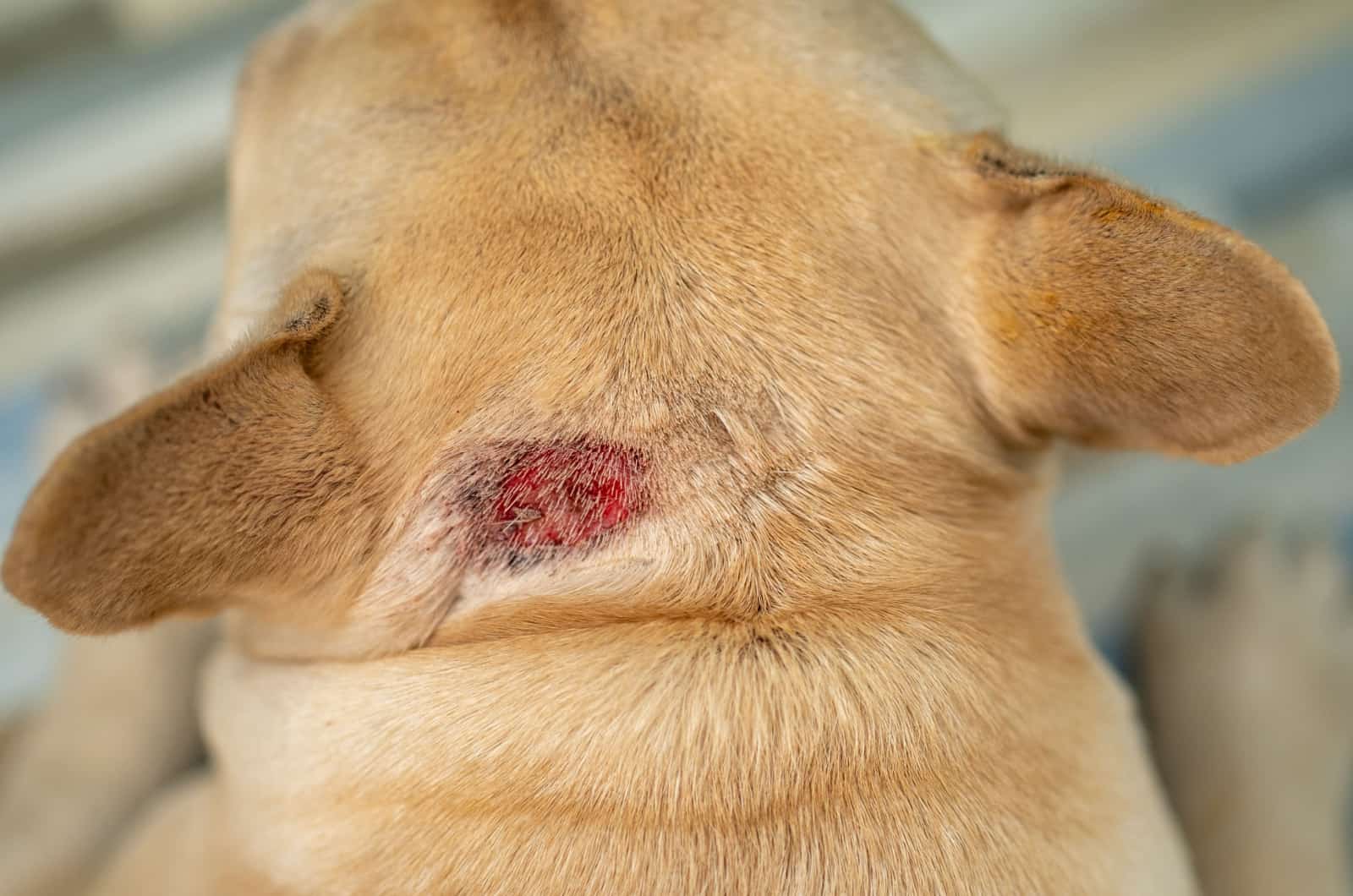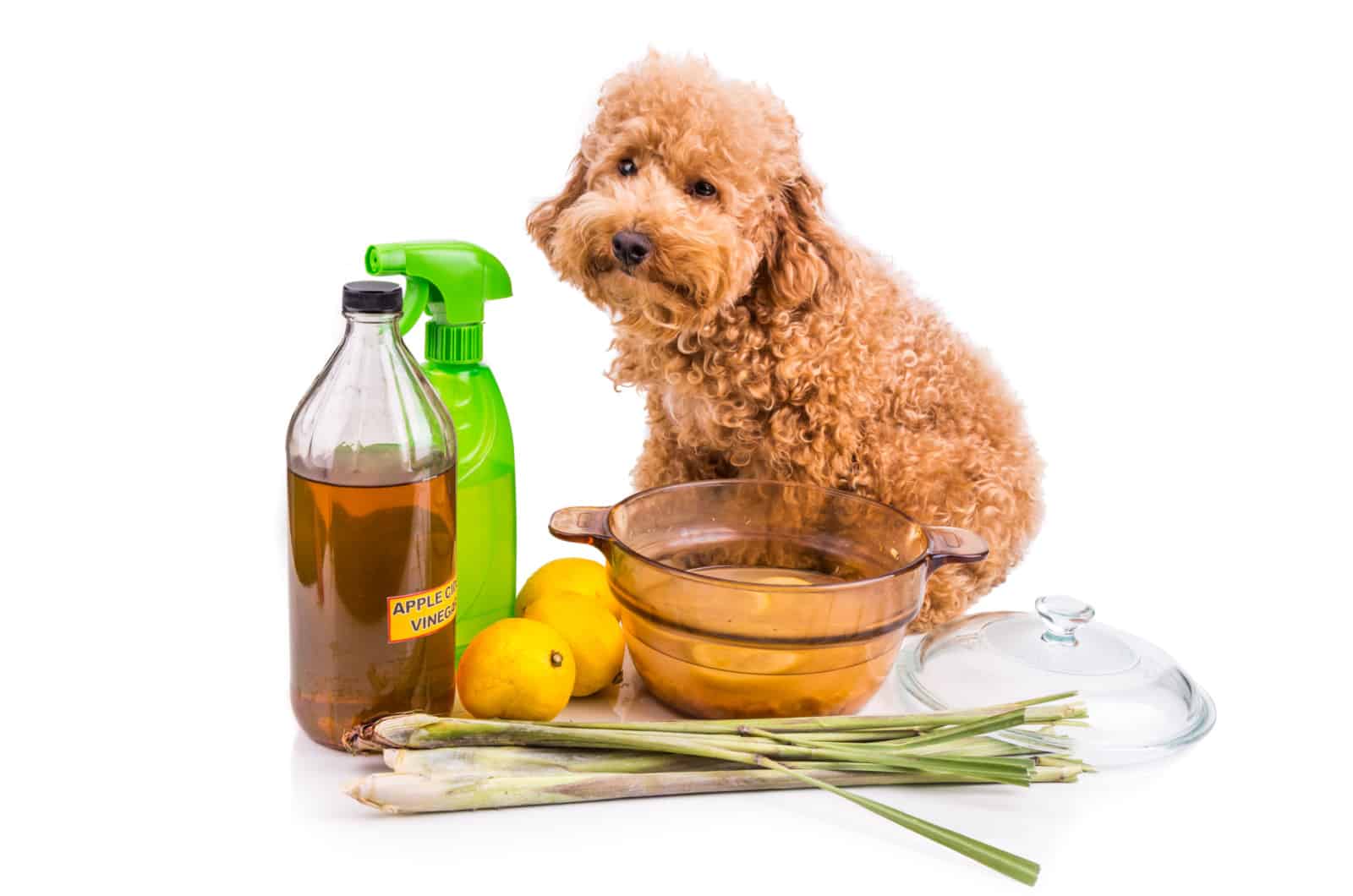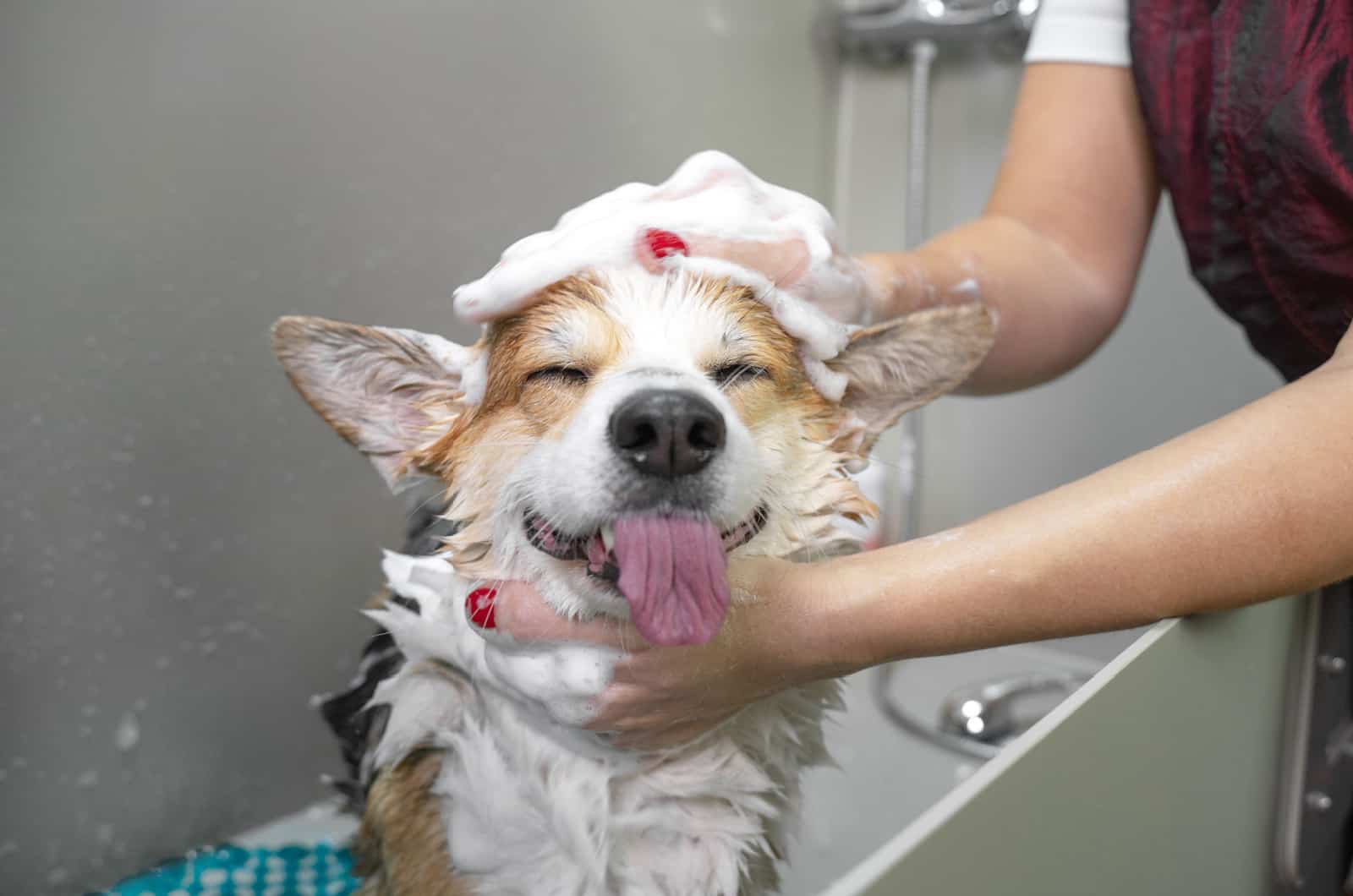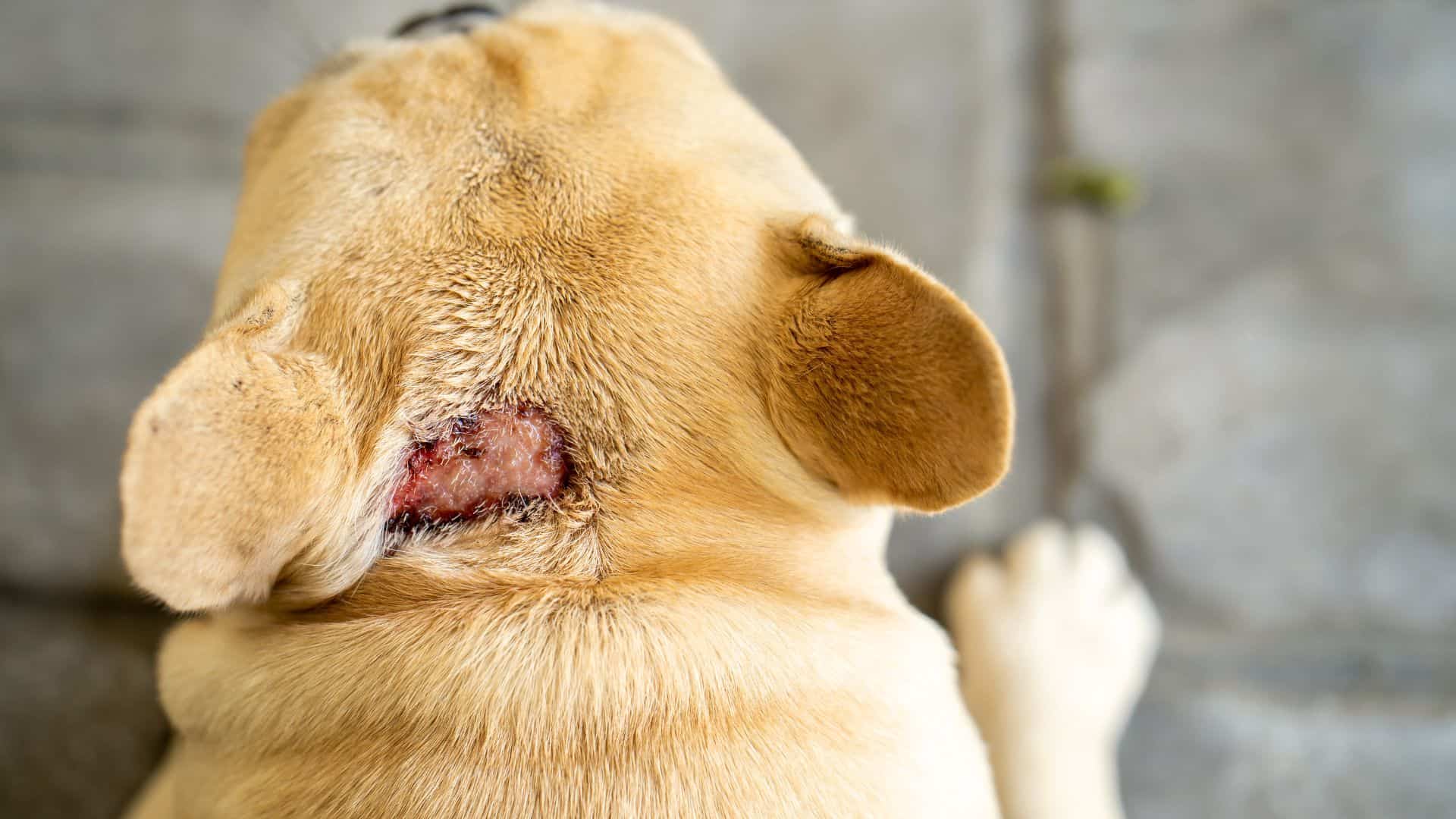Hot spots in dogs are one of the most common types of skin issues in dogs, especially during the summer.
A lot of dogs go through this, so it’s nothing to worry about, but still, some things can be done to prevent this from being a regular occurrence and that is what we will talk about in this article.
How To Treat Hot Spots

To talk about prevention and treatment, we first need to define what exactly is this condition. A hot spot, also better known as pyotraumatic dermatitis or acute moist dermatitis, is infected lesions on a dog’s skin.[1]
What causes them? Well, the simplest answer is: your dog scratching an itch. Dogs can sometimes scratch an itch excessively… to the point it starts bleeding and turning red. This creates a hot spot.
Well, if itching is the reason why they appear, then what causes the itch? Unfortunately, there is not one simple answer.
Itching is an incredibly common problem in dogs with many different causes. Those causes are:
- allergies
- insect bites
- pyoderma
- ear infections
- anxiety
- boredom
- parasites
- orthopedic problems
- anal gland inflammation
Luckily, there are solutions and remedies for hot spots. The first step would be to prevent any further trauma on the affected area of the skin.
Simple Remedies
Some medication has proven helpful to reduce itching in a hot spot, another solution is to maybe place an Elizabethan collar to keep him from scratching the whole time.
Another useful thing you can do on top of using this collar is to find something to cover the spots with. If the spot is on his feet or around his neck, use some type of clothing as a cover.
There is also anti-itching medicine, although it’s important to be careful with this.
Either way, consulting your local veterinarian in this case is the best option so that he can prescribe the proper medication.
Homemade Remedies

There are also some homemade remedies you can use to help your dog. It’s important to note that this does not mean you shouldn’t take your dog to a veterinarian. They merely serve as a substitute until the dog can receive actual treatment.
One such remedy is to try and shave the hot spot before it actually becomes too big of a problem. This will make it where moisture doesn’t build up on that area, and so the wound will dry out.
Another thing you can do is very gently clean the wound by using a soft sponge, cool water, and a skin cleanser. Just make sure to be very gentle when cleaning the affected area.
Proper Treatment
Now, as for actually treating the hot spots, this is where it gets a bit complicated. Treating this issue is not as simple as giving the dog some medication and the problem goes away.
The hot spots are treated based on their cause. For example, if a hot spot appeared as a result of a dog’s boredom, then certain medications will be administered for this situation.
If the cause is an ear infection, then the bacteria will be treated. If the cause is a food allergy, then the dog will have to begin with desensitization therapy.
In either situation, the best solution is to first consult your veterinarian, so he can find out the actual cause and provide further assistance with therapy.
How to Prevent Hot Spots

As for actually preventing hot spots, there are a few simple things you have to do. Make sure to groom your dogs, bathe them, and have regular flea control, and this will significantly reduce the risk of hot spots.[2]
If your dog has any allergies, which is very common in the summer, make sure to address them with your veterinarian.
As you can see, hot spots are nothing to worry about and are fairly easy to treat.
Regardless, seeing your dog suffering and constantly scratching himself is very unpleasant.
Always make sure to take all the necessary precautions for your canine friend so that he won’t have these problems.
References:
[1] Holm, B. (2004, December). Picture This: Management of Canine Pyotraumatic Dermatitis (a.k.a., Hot Spot). National Library of Medicine.
[2] Racine, E. (2022, July 25). Treating and Preventing Hot Spots on Dogs. American Kennel Club.
